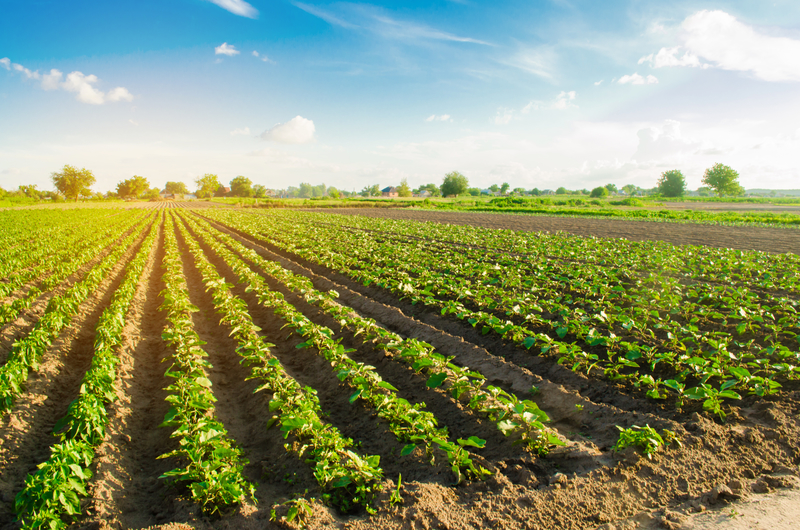Operational farming, one of the world’s oldest and most essential professions, requires a unique understanding and perspective. Successful farming is not merely growing crops or raising livestock. It involves knowing that farming is fundamentally a business. Recognizing the risks associated with farming and understanding the costs involved are essential components of successful agricultural operations.
It’s a Business
Operating a farm is more than just planting seeds and waiting for them to grow. It’s a business and requires a strategic mindset to ensure it’s profitable. The strategic business considerations involve effective marketing and distribution strategies, operational efficiency, workforce management, and financial acumen. Market understanding is crucial in a farm business. Knowing what crops or livestock are in demand and managing your production to meet that demand can make the difference between profit and loss. Managing a farm also means dealing with the labor force and mechanization, determining the balance between these two for efficient operation.
Record-keeping is vital for a farm’s financial health, allowing for effective budgeting and tax preparation. Keeping track of expenses, income, crop yield, and livestock productivity helps you make informed decisions about your farming operations.
Risks to Your Profit
There are numerous threats to soil that can end up harming your crop yield. One of the risks inherent in farming is the dependency on weather patterns. Adverse weather conditions, such as drought, flood, or unseasonal temperature, can damage crops and livestock, leading to significant losses. Pests and diseases are also significant risks in farming, leading to decreased productivity and increased costs for pest control and veterinary services. A pest infestation or disease outbreak can significantly reduce crop yield or cause livestock deaths, impacting the farm’s profitability.
Moreover, fluctuations in market prices can also pose a risk. Farmers must anticipate changes in market trends and adjust their production to mitigate losses. Ensuring a diverse farm output can also help balance out these market risks.
Costs
Operating a farm comes with substantial costs, many of which are upfront and ongoing. The primary costs include land, equipment, seeds, livestock, fertilizers, and labor. Insurance costs, property taxes, and maintenance for machinery are additional expenses that farm operators should consider. A significant portion of a farm’s operating cost is labor. Depending on the farm’s size and the crops grown or animals raised, labor costs can vary greatly. Another considerable expense is feed for livestock, which can fluctuate based on market prices.
Effective cost management strategies can lead to profitable farming. By carefully planning and budgeting for these expenses, farmers can make strategic decisions to optimize their operations and reduce costs where possible.
Operating a farm is a complex endeavor that involves a comprehensive understanding of business, risk management, and cost control. The dynamic nature of farming requires constant learning and adaptation. A successful farm operation understands that farming is fundamentally a business, recognizes the risks that can impact profitability, and efficiently manages costs. While the challenges are many, the rewards of operating a farm can be both personally and financially satisfying.
Did you enjoy this article? You might also like: Health Risks That Come With Working in an Office
